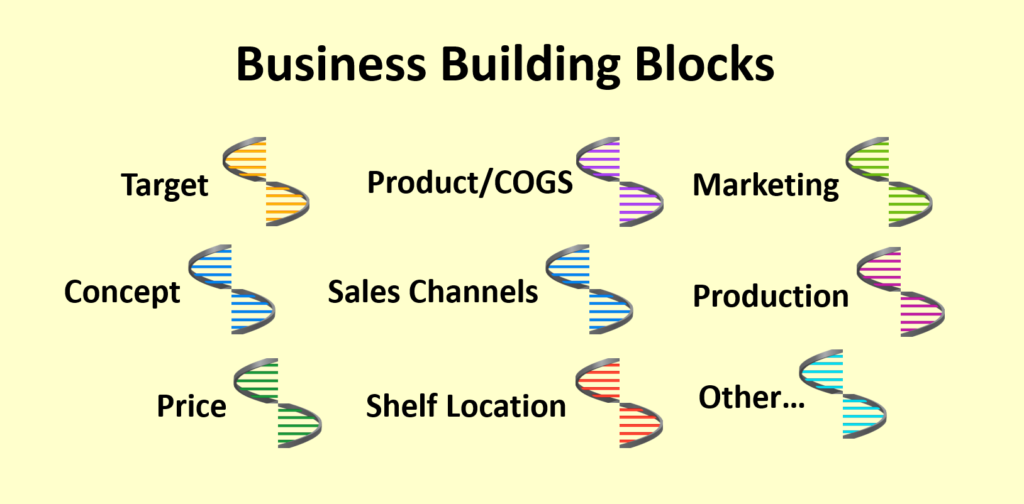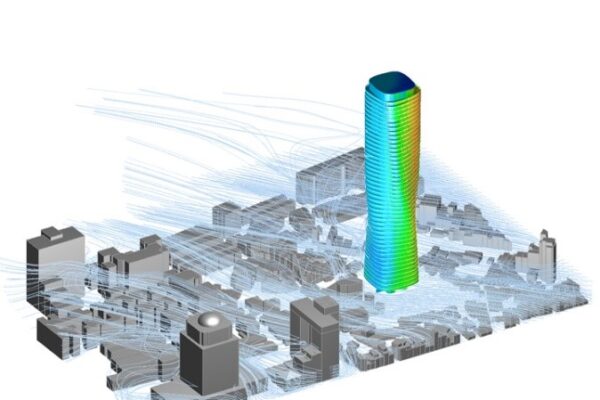
April 4, 2019
Business Building Blocks
Blueprints Building Blocks Fast-Forward®
3 minute read
In the business blueprint blog post, we talked about a business blueprint as a tool that is similar to an architect’s blueprint: more detailed than a sketch (or business canvas) but not nearly as detailed as a final plan. The objective of the business blueprint is to enable a team to take a theoretical business direction and work through how the building blocks of the business would fit together.
While fitting the interconnected building blocks together seems intuitive, most deadlocked “internal debates” are the result of building blocks not getting clearly articulated for discussion, making internal debates difficult to resolve.
Case in point. A company approached us for help with a new product they’d developed to address competitors from an emerging category who were stealing occasions. They were in a theoretical debate about whether to shelve the product with their core products (sales strength, but some felt that shelving would reduce credibility and acceptance) or shelve with the emerging category (establishes credibility, but a new shelf for sales team). Being stuck, we started by working them practically through the building blocks of what were simply two different blueprints, as shown below:

Interestingly, what started out as a simple “which shelf” discussion was in reality a much more complex discussion about multiple building blocks. For example, marketing felt strongly that the product needed to be shelved with supplements and felt others were pushing back just because this was non-standard shelf placement. However, as the proverbial onion got peeled back on different building blocks, the issues became more clear. While sales felt they could sell to the supplements shelf, the real selling concern was that the pack size could never deliver the “dollars per linear foot” the retailer would require on that shelf. With that building block clarity, the discussion shifted to “how do we make the product/pack/price work” for that shelf, and the theoretical debate transformed into pragmatically understanding the costs and benefits of two distinct approaches to this business.
If you have a team that’s stuck in a debate or seems to be going in circles when figuring out how to commercialize a new product, check to see if they have clarity on the building blocks. If not, push to precisely articulate the differences at the building block level, which will almost always shift the conversation from a circular debate to distinct blueprint options that can be prototyped and researched to understand the strengths/weaknesses of each.
Key Points
- A business blueprint is constructed with business building blocks, the interconnected pieces of the business that, when put together, make up the whole.
- Lack of clarity on building blocks are typically at the core of internal “circular debates” about how to best turn a new product or service into a business.
- Driving clarity on the building blocks of a business helps transform theoretical debates into practical discussions about how the building blocks fit together, enabling teams to create distinct options for how to turn a novel product into a successful business.
- With clarity on the different blueprint options, the team can then focus on pragmatically understanding the costs and benefits of the different approaches by prototyping how each approach would work at the activity level.



